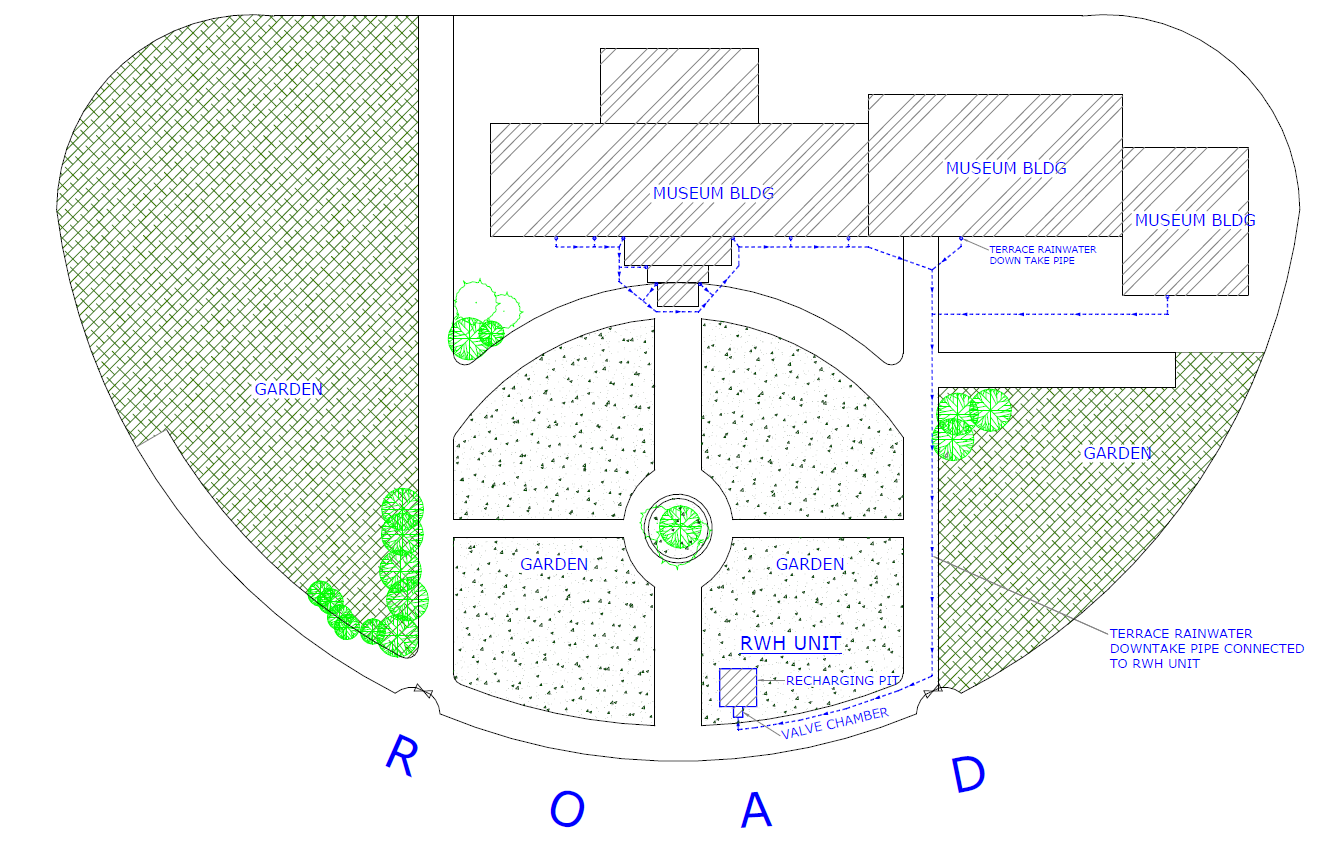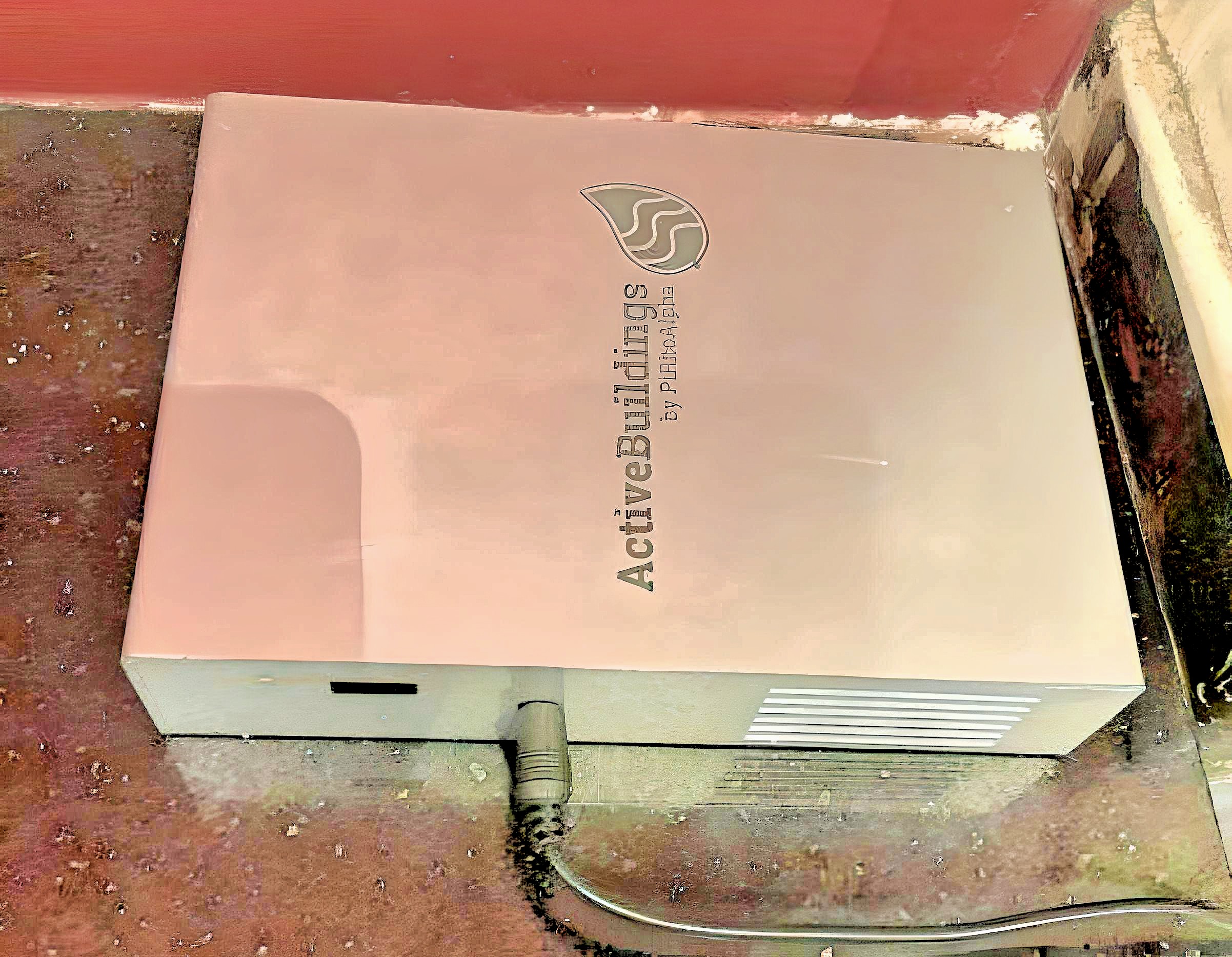By Sakshi Jain
Green lens from the perspective of Indian museums: A case study of CSMVS

As part of culture360's ongoing Call for articles 2023, Sakshi Jain investigates the comprehensive attitude associated with green practices in Indian museums, taking CSMVS as a case study. Interview with Mr. Bhavdatt Patel, CSMVS Administrative Officer, reveals a comprehensive approach.
In the realm of museums, the notion of a ‘Green’ Museum stands out as an institution that embodies sustainable initiatives ranging from policy, operations, facilities, visitor experiences, internal services, and community engagement. However, constructing an ideal framework for Green Museums is a complex task, given the diverse contextual factors, such as geographical location, facility size, mission objectives, collection types, visitor numbers and available resources.
Chhatrapati Shivaji Maharaj Vastu Sangrahalaya (CSMVS) challenges the misconception that implementing green initiatives in museums demands exorbitant funding. While there may be upfront costs involved, the study demonstrates that such investments ultimately lead to long-term resource savings.
Laying the foundation: CSMVS
In 2008, CSMVS Museum became the first museum in Asia to openly disclose its use of green technologies, earning a prestigious Platinum Rating from the Indian Green Building Council (IGBC) in 2019.
Situated on a sprawling 3-acre heritage site in Mumbai, CSMVS is housed within a magnificent Victorian-Gothic and Art-Deco building, recognised by UNESCO as a World Heritage Site. As a Grade I Heritage Building, any alterations to its exterior, interior, or natural characteristics are strictly regulated, making the inclusion of green practices a challenge. However, with guidance from EcoFirst and the Museum's Conservation Architect, solutions were found.
In 2016, CSMVS embraced an advanced sustainable model to protect collections from environmental harm. Mr. Bhavdatta Patel, the museum's Administrative Officer, played a key role in spearheading the Green Museum Project. Collaboration with IGBC and support from organisations like the Clean Mumbai Initiative, Tata Steel, Tata Chemicals, and the Rotary Club of Bombay facilitated a comprehensive plan for green practices, ensuring the preservation of collections and heritage amid larger climatic changes.
From Concept to Action: Implementing Green Initiatives
As an independent organisation operating without government funding, CSMVS is committed to environmental sustainability through its Green Policy. Notable green initiatives employed by the museum encompasses solar energy collection, LED lighting, water harvesting and conservation, a plastic-free policy, and efficient waste management practices.
1. Water management: To combat Mumbai's annual floods, the museum initiated rainwater harvesting in 2008. To expand storage capacity, larger water tanks were added in 2019. Now, the museum collects an impressive 29 million litres of rainwater annually, averaging 80,000 litres per day. This substantial volume of water is primarily utilised for irrigating the museum's sprawling green spaces, ensuring their vitality and sustainability. Furthermore, water usage is carefully monitored using strategically placed water metres, showcasing the museum's commitment to responsible water management.

1. A map of the Rainwater Harvesting System at CSMVS © CSMVS
2. Energy efficiency: Executed in three phases, the installation of solar plants was completed in 2018. With an annual production capacity ranging from 50,000 to 70,000 units of power, the museum's investment of Rs. 55,18,500 has yielded substantial savings and a pathway to long-term returns. The museum has successfully saved a minimum of Rs. 7,00,000 each year, ensuring a reduction in operational expenses. The museum estimates that they will begin witnessing returns on their investment within a span of 7 to 8 years.
3. Waste Management: In July 2018, the museum implemented a comprehensive waste management system. Waste was sorted into categories like food waste, Tetra packs, cardboard, and non-recyclable waste. Remarkably, 16,425 kilogrammes of waste were converted into high-quality manure for the museum's lush lawns and gardens, achieving 100% recycling efficiency. Additionally, the museum addressed plastic waste by installing a dedicated plastic bottle recycler, preventing plastic bottles from being discarded with regular trash.
4. Chiller Plant: Ensuring a consistent temperature and optimal air pressure within the museum is of paramount importance for preserving delicate artifacts and providing a comfortable experience for visitors. In 2018, they invested in an eco-friendly refrigerant such as R407C and R410A. Unlike wasteful single-pass systems, this chiller plant circulates cooling water, minimising water consumption and maximising energy efficiency.

2. Installation of Chiller Plant © CSMVS
5. Air quality: To ensure the finest indoor air quality, the museum has installed CO2 sensors to monitor and control carbon footprints, safeguarding both the collections and the well-being of individuals. Optimal indoor air quality contributes to a pleasant and enjoyable museum experience while promoting a safe and healthy environment for everyone present.
3. Air Monitoring System inside the Galleries © CSMVS
6. Bio-friendly cleaning agents: Recognising the impact of cleaning agents on the environment, the museum has transitioned to the use of bio-friendly cleaning agents, ushering in a new era of green cleaning practices.
Setting an Example for the Cultural Sector
Using CSMVS as a reference, a museum can progress towards sustainability by promptly implementing the following four essential initial steps simultaneously:
1. Determine the yearly carbon footprint of your institution.
2. Coordinate with your utility provider to conduct an energy audit.
3. Transition to LED lighting, renewable energy sources, and eco-friendly cleaning agents.
4. Embrace a policy against single-use plastics.
5. Engage in conversations about environmental protection and climate change with both staff and visitors.
In the era of evolving museums, CSMVS stands as a steadfast advocate for ecologically friendly practices and sustainability. Reflecting on the transformative journey, Mr. Patel expressed immense satisfaction, stating, "Becoming a Green Museum has been truly fulfilling." This endeavour reduced their carbon footprint and operating costs while enhancing the visitor experience. As museums embrace their role as agents of change, the CSMVS' commitment to green practices serves as an inspiration for the industry, paving the way for a greener and more sustainable future in the realm of cultural institutions.
Cover Image: © Photo: CSMVS
About the Author
Sakshi Jain is a museologist, photographer and artist who is currently working as an Assistant Curator at the MSMS II Museum nestled within the resplendent City Palace Jaipur. She is also the recipient of the prestigious Erasmus Mundus Scholarship 2023-2025 and will be pursuing MA Managing Art and Cultural Heritage in Global Markets, entailing captivating mobility periods in the vibrant cities of Glasgow, Lisbon, Paris, and Rotterdam. Her passion lies in preserving and narrating historical legacies and cultural tapestry of South Asia while seeking sustainable practices within the museums.
Similar content
posted on
posted on
posted on
posted on
posted on
posted on





